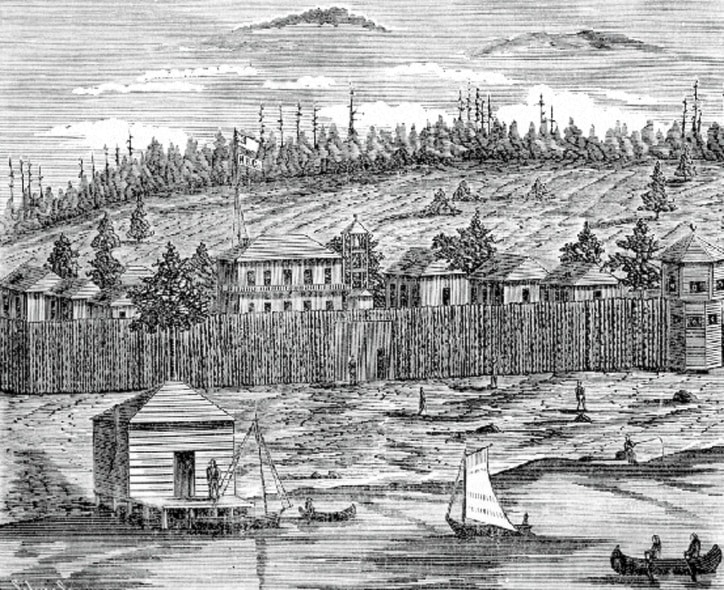The arrival of European traders brought many new diseases to the North Island, including measles, smallpox, tuberculosis, influenza, and sexually transmitted diseases.
The most ravaging of these was smallpox, spread through droplet infection, usually through personal contact but also through contact with items like blankets. Taking a month to run their course, symptoms included the presence of small sores all over the body and a high fever.
Smallpox may have first reached the Pacific Northwest in either the 1520s, as a part of the Northern Hemisphere smallpox pandemic, or during the first recorded coastal pandemic of the 1770s. There was some oral history reported to anthropologists that blamed the disappearance of the Hoyalas peoples of Quatsino on an epidemic illness around this time.
Ethnographer Franz Boaz noted that there is a Kwakwaka’wakw word which means a man whose body “was covered all over with mouths which laughed and shouted all the time.” This is believed to refer to the presence of smallpox sores.
In 1847 Governor of the Hudson’s Bay Company, George Simpson, reported after a trip to the North Island that “curiously enough, they (Kwakiutl) have been exempted from the small-pox.” Simpson noted that the HBC was in possession of a vaccine, which they offered, but local Chiefs refused. Simpson noted that they did not push the issue, feeling “that our medicine would get the credit of any epidemic that might follow, or perhaps the failure of the hunt or the fishery.”
First Nations did not possess quinine, which Europeans successfully used to treat the active disease.
For the North Island the major blow came in 1862, when a smallpox outbreak in Fort Victoria resulted in HBC officials banishing the large population of First Nations who had come to trade. Many of these people were in the early stages of active infection as they travelled home to the North Coast, Haida Gwaii, and the North Island. They spread smallpox along their travel routes. The first case was reported in March and by December the epidemic was over.
Unfortunately the official journal from Fort Rupert for the year 1862 has been lost, but the reports of many ships’ captains in the area at the time report the ravages of the disease. They note that “hundreds were swept away within a few days” and “the tribe native to that section was nearly exterminated.”
Young and healthy people were largely affected, which had an impact on reproduction rates for communities. Survivors were identifiable because of their extensive scarring.
An 1850 census of First Nations in the area placed the Kwakwaka’wakw population at about 8 850, and in 1866 the estimate was 3,750, which would be an overall loss of 53%.
Some anthropologists have commented that it is remarkable that First Nations cultures were able to retain so much of their knowledge and cultural traditions with the loss of so many community members.
Brenda McCorquodale is a Port Hardy resident and North Island history enthusiast. If you have any stories or local lore you'd like to share, email her at storeysbeach@gmail.com. A collection of her past articles is available on her blog at http://undiscoveredcoast.blogspot.ca/.
